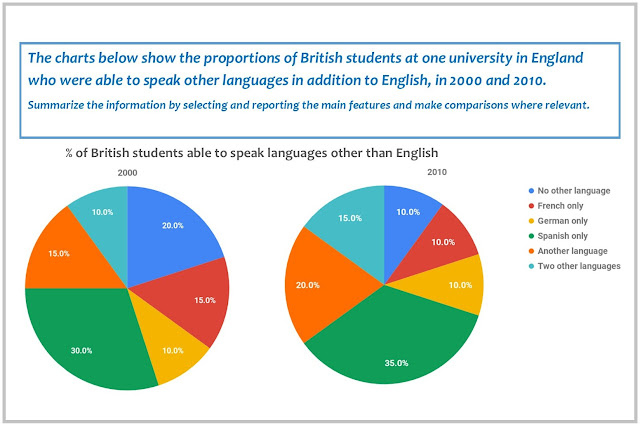My C2 Proficiency book review: Grammar Nonsense and What To Do about It
Most writing prompts in the C2 Proficiency writing test consist of three points. One problem I often see in students' answers is that the answer is three isolated pieces, rather than one complete whole.
In this book review I wrote for my C2 Proficiency Writing students, I was aiming to show how the answer can be connected on the level of the whole text and be one complete whole. The prompt was written by me too.
An ELT magazine has invited readers to submit reviews of books for teachers. You decide to submit a review of a book that you read recently. Your review should briefly describe the book, explain what impact it had on your professional life, and assess the importance of reading professional literature.
✽✽✽
I am not big on reading books about teaching, guilty as charged, but when this book came out, I bought it on the first day and binge-read it in two hours. “Grammar Nonsense and What To Do about It” by Hugh Dellar and Andrew Walkley is not a book. It’s a rant, a rant about the sorry state of affairs of the modern ELT industry.
Grammar, Dellar and Walkley lament, can not, must not, should not be taught through castrated examples that are shoehorned into a set of long-established topics no one ever dares to challenge. Grammar, they explain, is inextricably linked to context and as such can not, must not, should not be taught through convoluted rules that no student understands anyway. With ruthless sarcasm, they meticulously expose the absurdity of the rules that ring too familiar to teachers and learners alike - reported speech, stative verbs, future forms, relative clauses. The list goes on.
Having read that, you might jump in excitement and rush to buy the book too. Don’t. Granted, what Dellar and Walkley say makes, unlike the grammar rules, perfect sense. Written in a conversational style, sarcastic at times, the book is an effortless read too. One crucial component that is lacking is the answer to one big huge question: “Right, but what am I to do about it?” Regretfully, the book did not equip me with any practical tools I can try out in class. The “what to do about it” part is just not there. The absurdity will go on.
Perhaps, I am right about not being big on reading books about teaching. What difference can a book make in the classroom? The authors rant, question, argue. So what? It’s not the authors who are in the classroom. It’s not the authors who face the tricky questions or blank looks. It’s us, the grassroots teachers. Perhaps, what we can, must, should do instead of reading is be present, be aware, be alert, and do the best we can possibly do for the student that is in front of us, as platitudinous as it sounds.
✽✽✽
So how did I connect the piece on the level of the whole text? Did I do a good job?
Disclaimer: Please note that while the review does represent my opinion, I have mildly exaggerated some aspects for the purpose of producing a good exam piece rather than a real review.
Image credit: Photo by Jonathan Kemper on Unsplash





Comments
Post a Comment